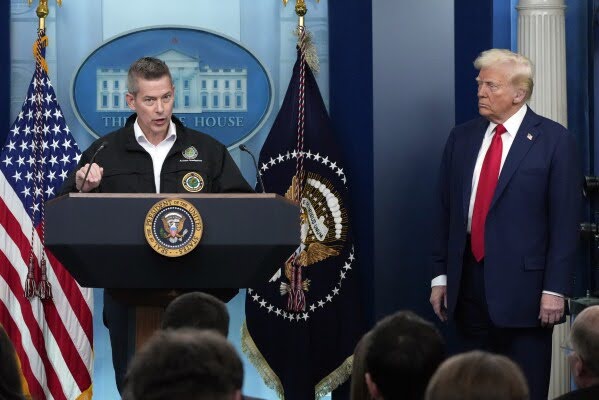
Oregon’s Transportation Package – 5 Things to Know
The Oregon legislature has just introduced a transportation package that – in addition to funding highway maintenance and expansion – takes steps to significantly fund transit, safe routes to school and implements forward thinking strategies like congestion pricing and active transportation management.
Oregon’s Joint Committee on Transportation Preservation and Modernization Committee (JTPM) held an informational hearing on HB 2017 on Wednesday evening. The JTPM was formed last year with the expressed purpose of developing a transportation package for the 2017 legislative session, and has conducted a tour of state to gather input and convened many meetings to develop and flesh out the details of the package over the course of this past year.
The package has too many moving parts to describe in this post, but here are five notable elements to Oregon’s proposal:
1) Five sources of revenue
The proposal includes traditional sources like gas tax and registration fee increases, and not-so-traditional sources like a bike excise tax, employee payroll tax and congestion pricing. These sources are so diverse in part because of a strong interest from legislators in seeing different user groups have ‘skin in the game,’ and because Oregon’s constitutional restriction prevents motor-vehicle user fees from being used on transit, off-road paths, or non-highway freight infrastructure. Add in tolls and you get to six sources of revenue!
2) Significant funding for transit operations
The state of Oregon only supports 3% of transit operations in the state while nationally, states cover about 24% of transit operations funding. The 0.1% statewide payroll tax on employees would significantly change that, dedicating 85% of about $107 million to transit operations annually. This would bolster transit service in small towns and large cities across the state improving access to jobs and other services.
3) Freeway widening is not the only congestion solution offered
Like other recent state transportation funding packages, Oregon’s includes funding for freeway expansion – namely freeway projects addressing 3 bottlenecks in the Portland region. But an earlier presentation outlining the proposal acknowledges that we “cannot tax our way out of congestion” and “cannot build our way out of congestion relief.” The bill calls upon the Oregon Transportation Commission (OTC) to implement – where possible – pre-construction tolling, congestion pricing, “zip lanes” (we take this to mean high occupancy toll (HOT) lanes) and active traffic management. While the benefits of freeway widening are often lost to induced demand, congestion pricing can more effectively address congestion if coupled with investments in other traffic-reducing travel options like transit.
4) A “Regional Increment”
The main congestion challenges in Oregon are in the Portland metropolitan region. While business interests around the state are concerned about congestion in Portland since they move their goods through this port city and economic hub, it’s still a tough sell for the rest of the state to pay for big freeway projects in Portland. To solve this politically and financially, the package levies an additional “regional increment” on the Portland region with higher gas taxes, registration fees and title fees, and dedicates that funding to projects in the Portland region. This helps Portland fund its big projects and holds together political support from rural, more tax-averse parts of the state.
5) Significant discussion on accountability
Because of recent, expensive boondoggle transportation projects, legislators are anxious to show the public they can improve transparency and accountability in this bill. The proposal calls for giving the Oregon Transportation Commission greater power and capacity to oversee the Oregon Department of Transportation. It also calls for cost benefit analysis of future projects and communicating construction progress on an improved website.
We’ll be tracking this legislation as it develops, but this is already certainly a package that other state legislatures may want to keep an eye on.



